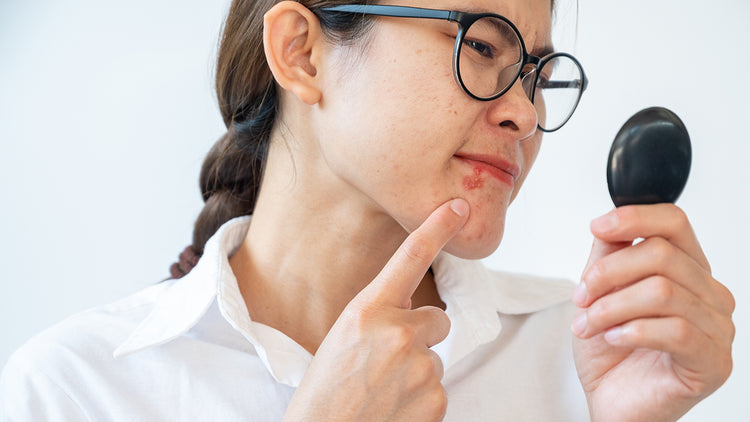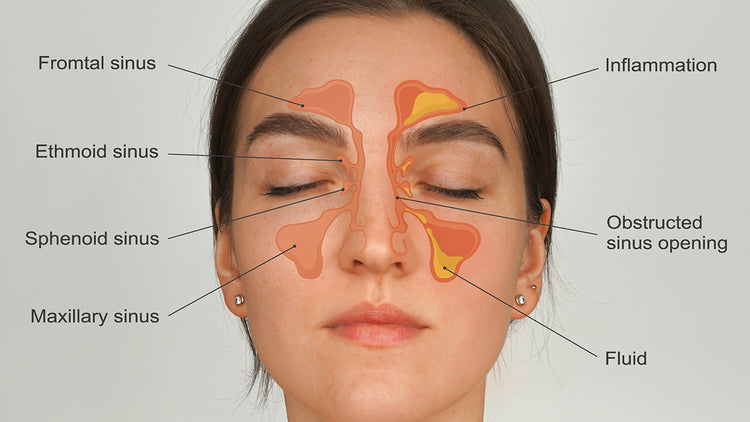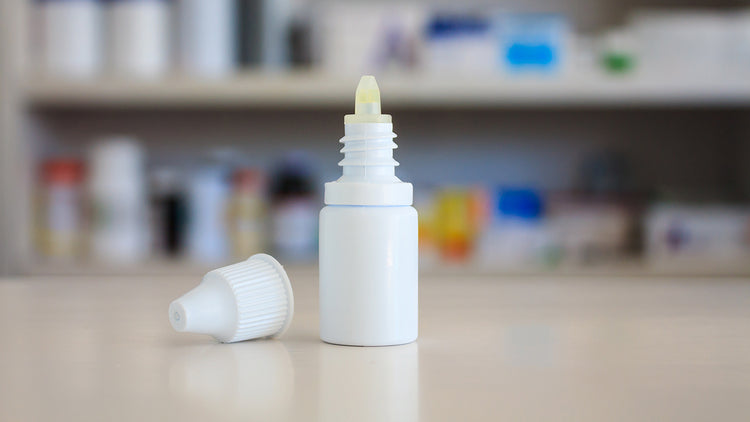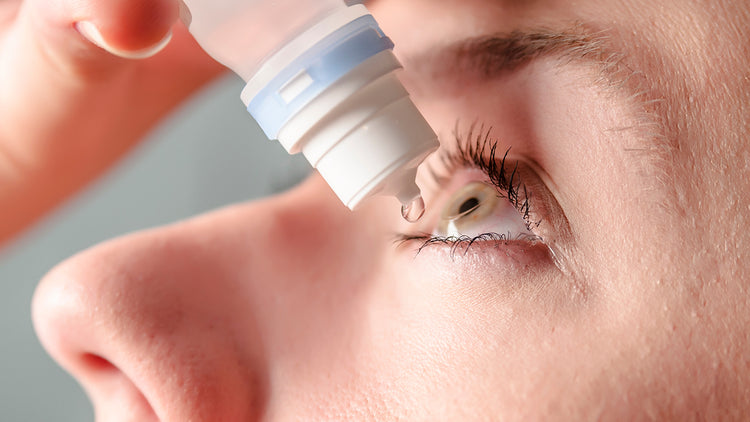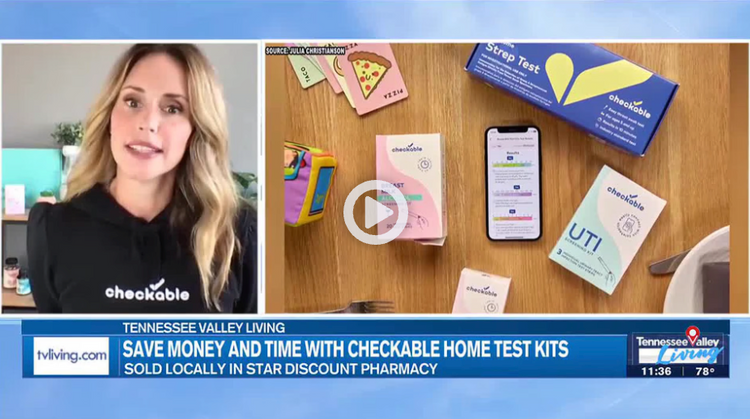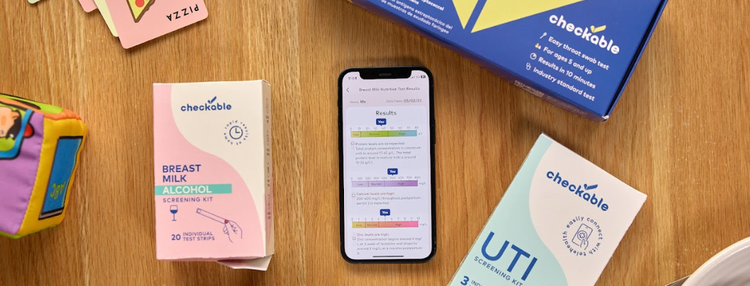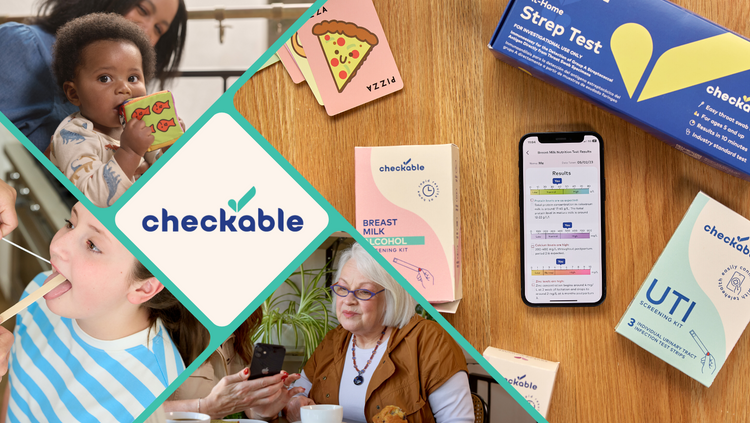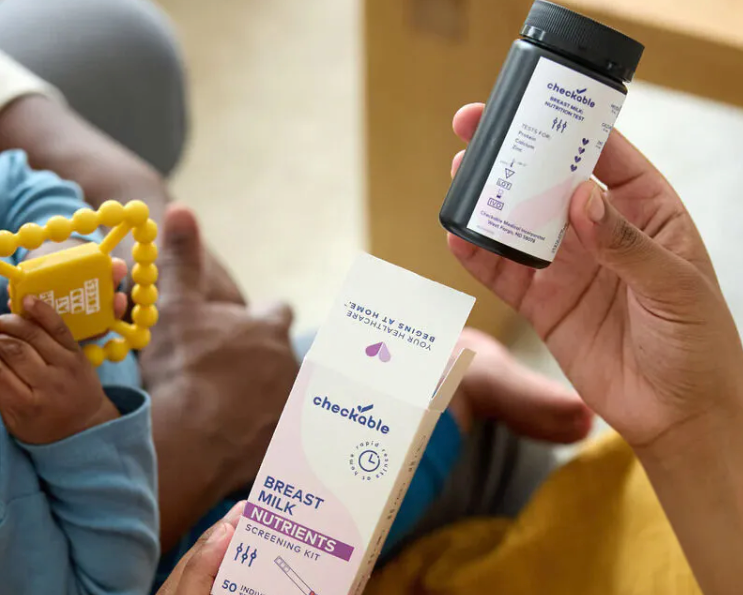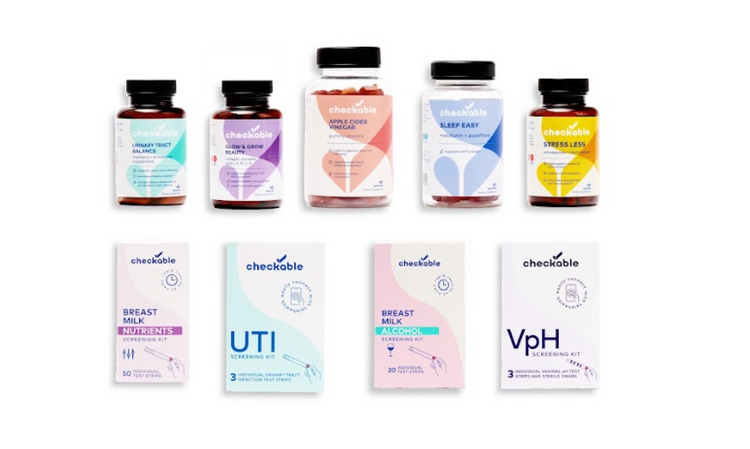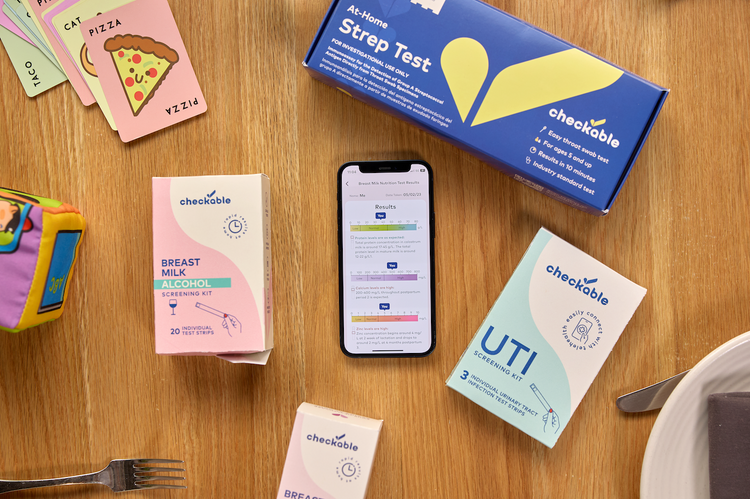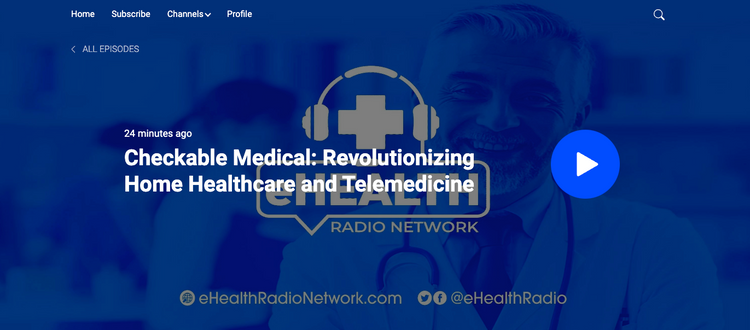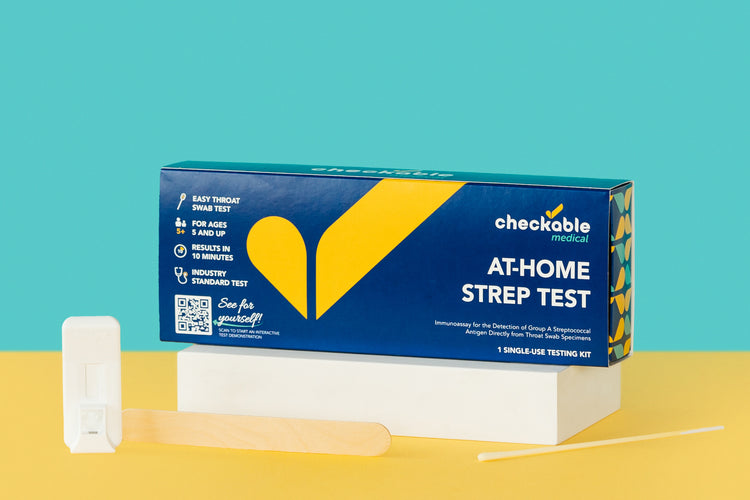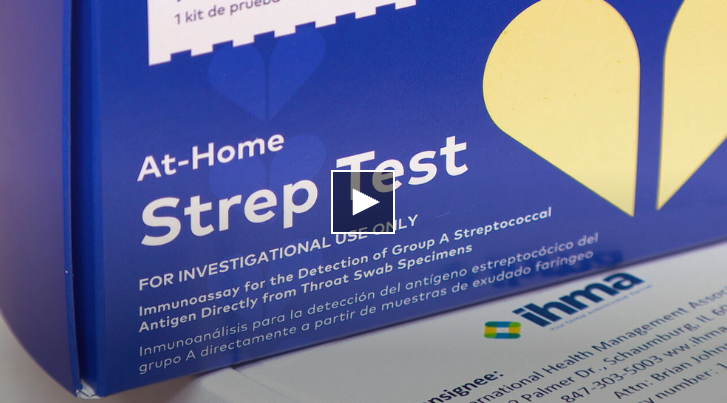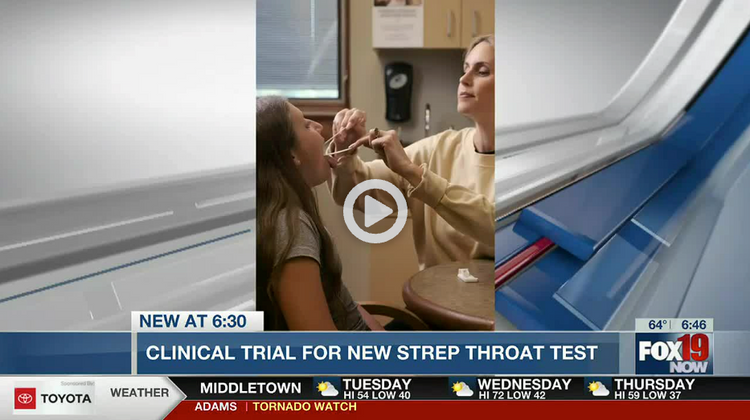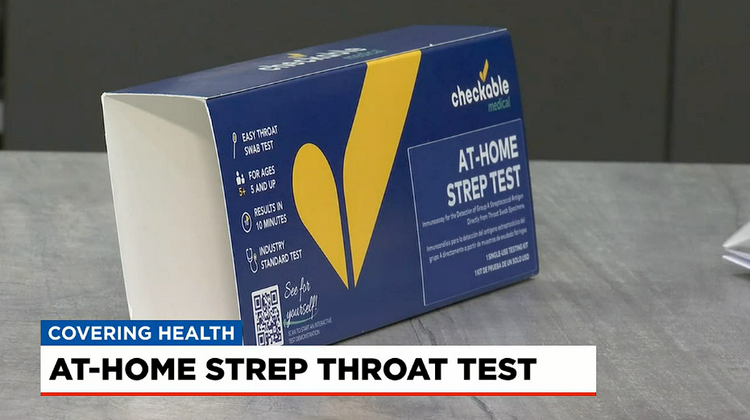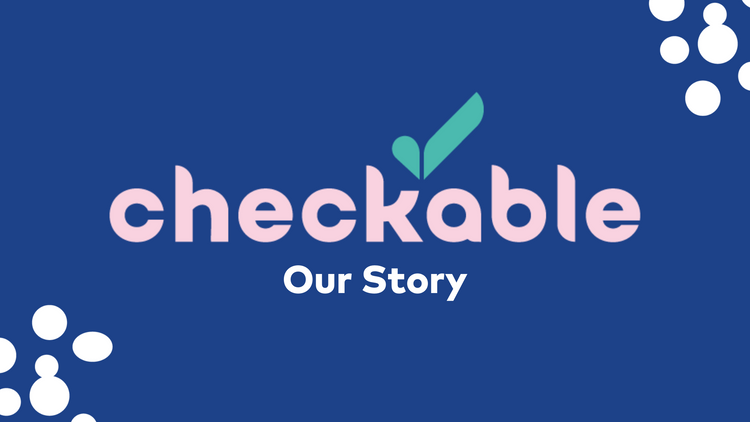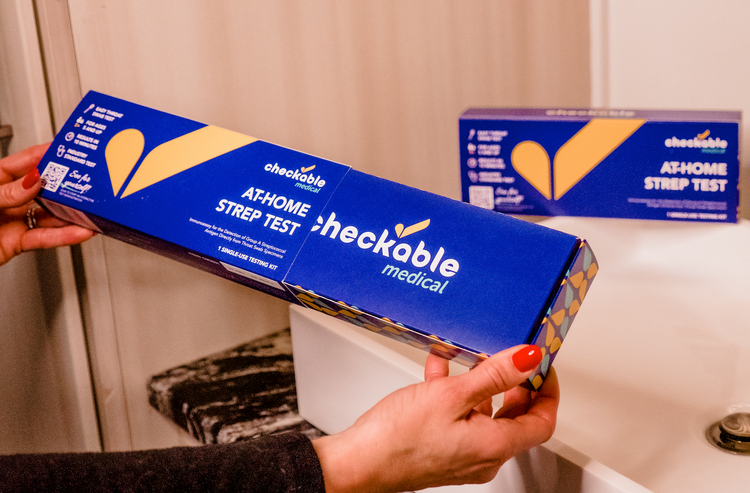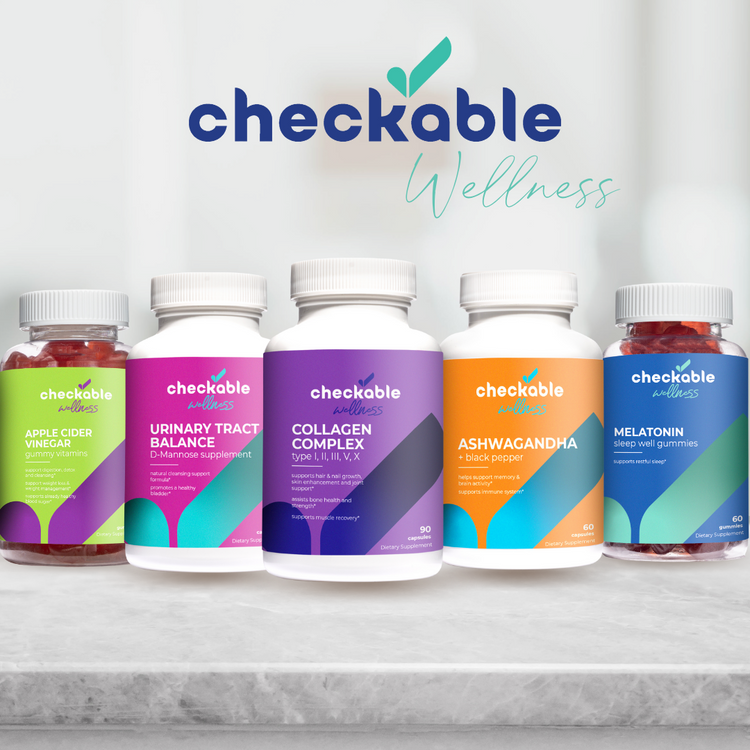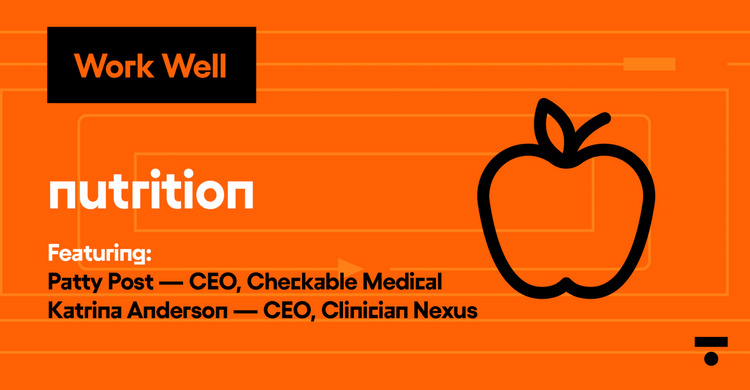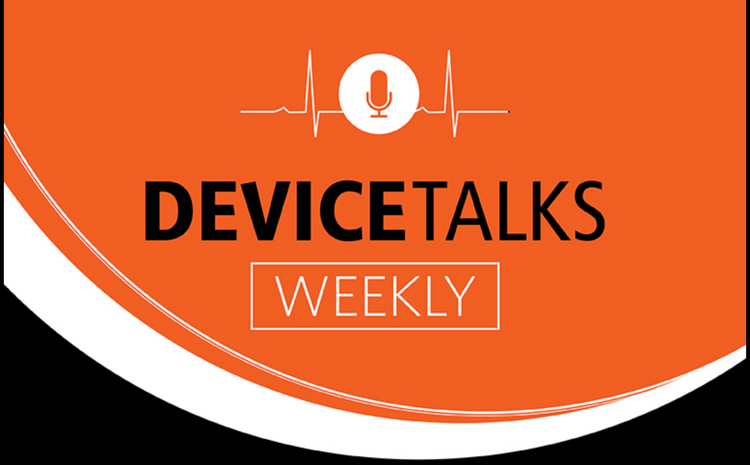
Parenting isn’t easy. You’re not just a parent; you’re also the chauffeur, personal chef, housekeeper, and when you have a sick kid, you get to add nursing to your parental resume.
Having a sick kid isn’t fun for anyone involved. When your little one comes down with a sore throat, it's often hard to know if it’s just a common cold, allergies, or strep. So how can you tell the difference between just a sore throat or its more serious counterpart, strep?
Strep Vs. Sore Throat
Sore throat is one of the most common symptoms of many conditions worldwide. According to the CDC, a sore throat is pain, scratchiness, or irritation that feels worse when you swallow.
Sore throat signs and symptoms:
- Pain or a scratchy sensation in the throat
- Pain that worsens with swallowing or talking
- Difficulty swallowing
- Swollen red tonsils
- Post-nasal drip
- Hoarse voice
- Cold or flu-like symptoms: fever, cough, runny nose, sneezing, body aches, nausea
The most common cause of a sore throat is a viral infection. The common cold, the flu, covid, mono, chickenpox, measles, and croup can all cause sore throat. A viral infection will usually resolve on its own. Other reasons for a sore throat can be allergies, dry air, irritants in the air, or acid reflux.
The majority of cases of sore throat are due to a virus, but about a quarter (25%) of infections are attributed to bacteria. The most common bacterial cause of a sore throat is Streptococcus pyogenes. This is the bacteria that causes strep throat. Streptococcus pyogenes belong to a group of bacteria called Group A beta-hemolytic Streptococci (GAS). GAS infections are detected approximately among 30% of children who have sore throat symptoms.
In addition to active cases, approximately one in every ten children under five (5) years old is an asymptomatic carrier of strep throat infection, which means that they can spread the infection without showing any symptoms. Their ability to infect others is typically lower than those who have an active case of strep. Cases of strep throat spike in the late winter and spring months every year. Although some cases of sore throats resolve without medication, it’s important to treat confirmed cases of strep with a course of antibiotics to avoid the spread and reduce any chances of it becoming more severe.
Why should we treat strep throat infections?
Besides your child being in pain and possibly infecting others, other more severe complications can arise from an untreated case of strep. If left untreated, strep throat infections can lead to a group of life-threatening complications that include:
- Kidney inflammation
- Abscesses on the tonsils or in the back of the throat
- Sepsis
- Rheumatic fever can lead to swollen, painful joints, a rash, or heart valve damage
- Pneumonia
The most serious is Rheumatic heart fever, which can develop into Rheumatic heart disease that causes irreversible damage to the heart valves. That's why it's important to treat strep throat with antibiotics since it can help in preventing the development of these complications.
How to distinguish a strep throat infection from just a sore throat
Strep throat is characterized by a fever above 100°F (38.0°C), swollen, tender lymph nodes in the neck, severe sore throat, inflamed and red tonsils, and no cough.
Additional signs and symptoms of strep throat:
- Sudden throat pain
- Painful swallowing
- Red and swollen tonsils, sometimes with white patches or streaks of pus
- Tiny red spots on the area at the back of the roof of the mouth (soft or hard palate)
- Headache
- Fever
- White tongue
- Rash
- Nausea or vomiting, especially in younger children
- Body aches
If your child is showing any of the above symptoms, it may be strep throat, and we recommend getting them tested as soon as possible to start antibiotic therapy. Checkable's at-home rapid strep throat tests give accurate results in just minutes. You can then sync the test with Checkable's new telehealth app to connect to a healthcare provider for a treatment plan and meds all without leaving the house.
It's important to note that strep throat is rare in children under three years of age. If you’re noticing any of these symptoms in a little one under three, their pediatrician can help rule out other infections.
How to treat Strep throat infections
Strep throat symptoms can resolve without treatment in about four to five days. But it’s important to start antibiotics within nine days of symptom onset to prevent complications from untreated Strep throat.
Your child’s pediatrician will likely put them on a 10-day course on penicillin. Penicillin is widely used to treat Strep throat because most Streptococcus pyogenes bacteria are susceptible to penicillin. If your child is allergic to penicillin or the infection comes back, your pediatrician may prescribe a medication like azithromycin. To keep your little one comfortable, you can use children’s acetaminophen (Tylenol) and children’s ibuprofen (Motrin) for fever or pain. We also suggest a few at-home remedies to help soothe their throat.
What about asymptomatic carriers?
If your child tests positive for strep throat but has no symptoms, your pediatrician may still recommend treatment. Treatment is recommended in high-risk settings where there is a high rate of strep throat complications. Carriers are treated with a 10-day course of amoxicillin. However, with asymptomatic carriers, the rate of the infection recurring is high despite antibiotic therapy.
It’s hard to have a sick child at home, but with our Checkable at-home rapid strep test, we can help you get them tested and on the right course to feeling better in no time.
Life is too short to sit in a doctor’s office
Sign up for our weekly newsletter and get valuable healthcare tips and tricks in your inbox!
Sign up now and unsubscribe anytime.
- Choosing a selection results in a full page refresh.
- Press the space key then arrow keys to make a selection.











